Word mapping, also known as phoneme-graphing mapping, is an instructional strategy that helps students make connections between speech sounds (phonemes) and the letter, or letter combinations, that represent them (graphemes). It is an activity where students link the ‘sound’ part of a word to the ‘letter’ part of a word.
What is word mapping in Phonics?
Word mapping activities are a physical way to represent the relationship between the phonemes and graphemes. Using this strategy helps students understand that written words are made up of smaller sounds, and that each sound can be represented by an individual letter or group of letters.
Tapping with a finger and ‘mapping’ (or impressing upon the brain) by sliding a manipulative for each sound heard allows students to physically connect letters with the sounds they represent and helps promote the process of orthographic mapping.
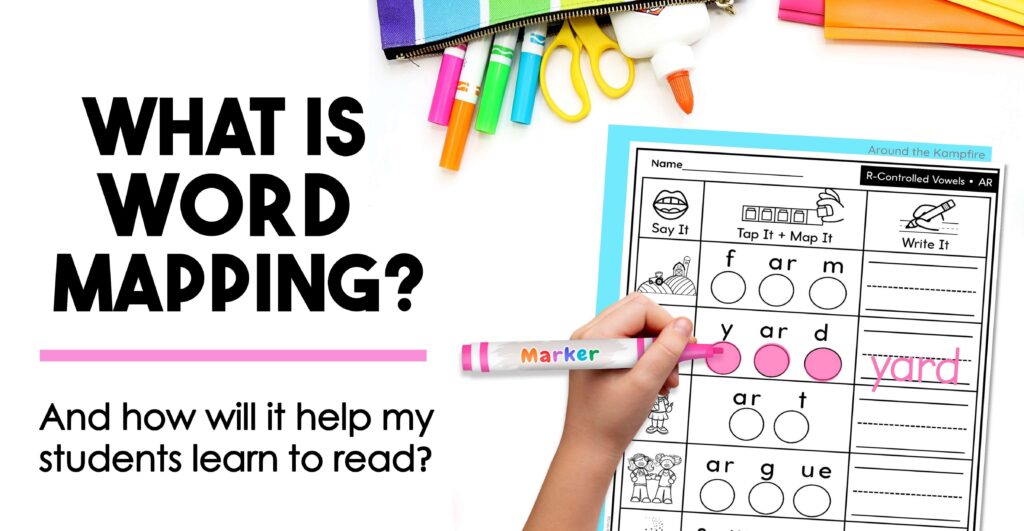
Orthographic mapping is a mental process that happens where the brain stores words into long term memory. This process isn’t a skill we can explicitly teach, but we can use word mapping to help this mental process along.
Orthographic mapping is “a mental process we use to permanently store words for immediate, effortless retrieval. It is the process we use to take an unfamiliar printed word and turn it into an immediately recognizable word.”
(Kilpatrick 2015)
Connecting Phonemes to Graphemes
Before we go on, let’s go back a bit and talk about phonemes and graphemes. Phonemes are the individual sounds that make up words. There are 44 phonemes in the English language. Phonemic awareness is the ability to connect what is seen (letters) to what is heard (speech sounds). It is the ability to identify, isolate, and manipulate individual sounds, or phonemes, in spoken words.
Graphemes are the individual letters, or letter combinations, that represent individual speech sounds. Understanding how graphemes connect, or “map” to phonemes is essential for learning to decode or read words. Graphemes can be a single letter or a group of letters, like bl, cl, or gl. When a reader says the sound /bl/ it is a phoneme. When the reader writes bl it is a grapheme.
How do you teach word mapping?
Word mapping is the process of saying a word or the name of a picture, breaking it down into sounds (phonemes), writing the letter or group of letters that make each sound, then putting the letters together to read and spell the word.

Teaching students to map words is simple and once they are familiar with the process and the purpose behind it they can do this activity independently.
The word mapping process is as follows:
- SAY: Say the picture name aloud to ascertain the meaning of the word.
- MAP: Orally break apart the sounds into phonemes by tapping the sound you hear in the word. Map the word by sounding it out and placing a manipulative in each circle for the sounds they hear.
- GRAPH: Write the letters in the boxes that represent each sound. Combine the letters to write and spell the word.
- READ: Read aloud the entire word.
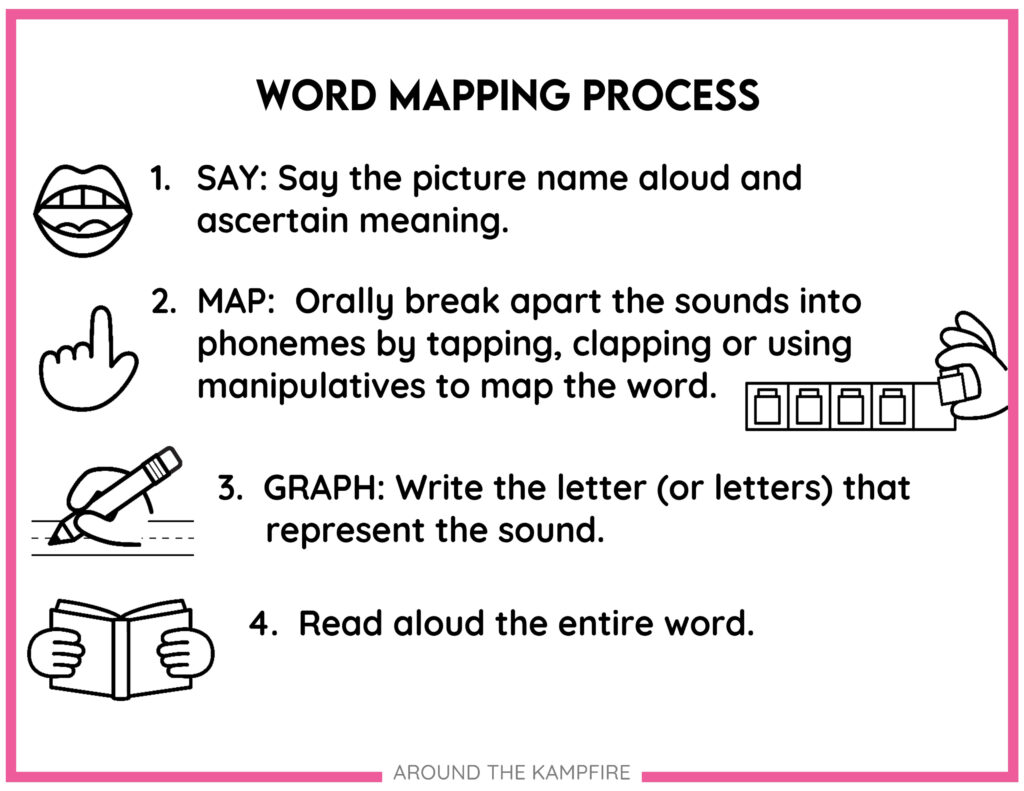
Students can tap with their finger, a pencil, clap, or color the circles with a bingo blotter or marker to impress upon the brain or “map”, the words.
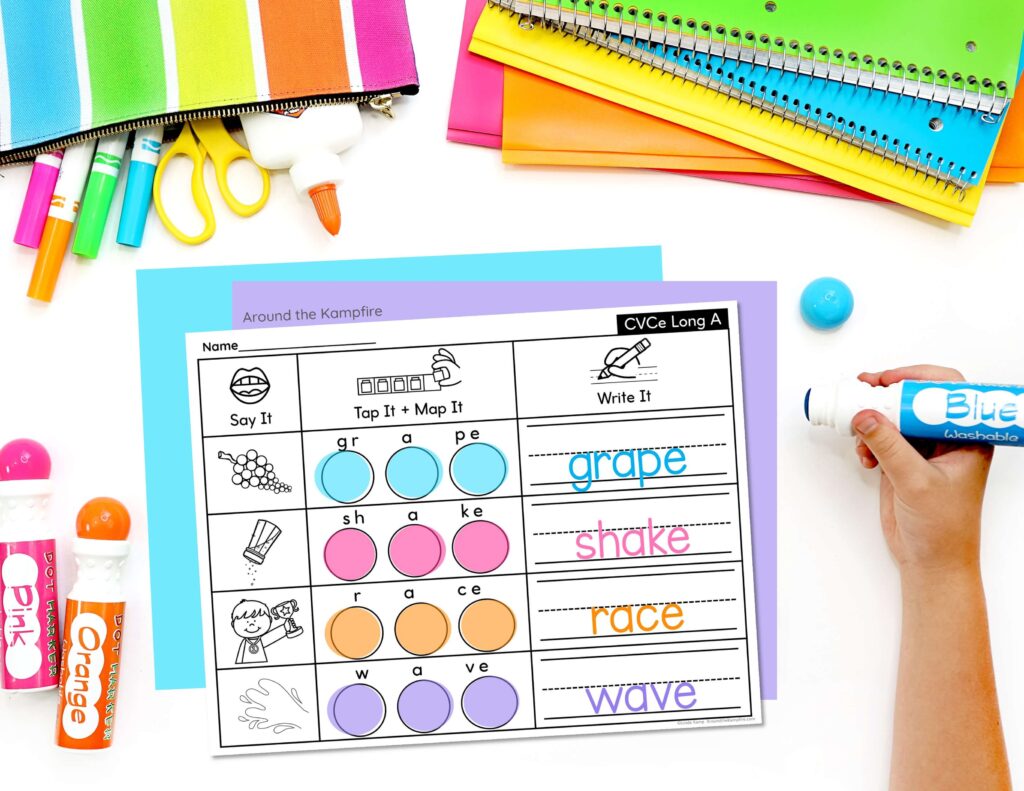
Students can also place manipulatives in the circles. Connecting cubes, chips, erasers, bingo blotters (available at the dollar store), letter tiles or anything you have available will work. Cut and glue letters are another option for word building and add an extra hands-on element.
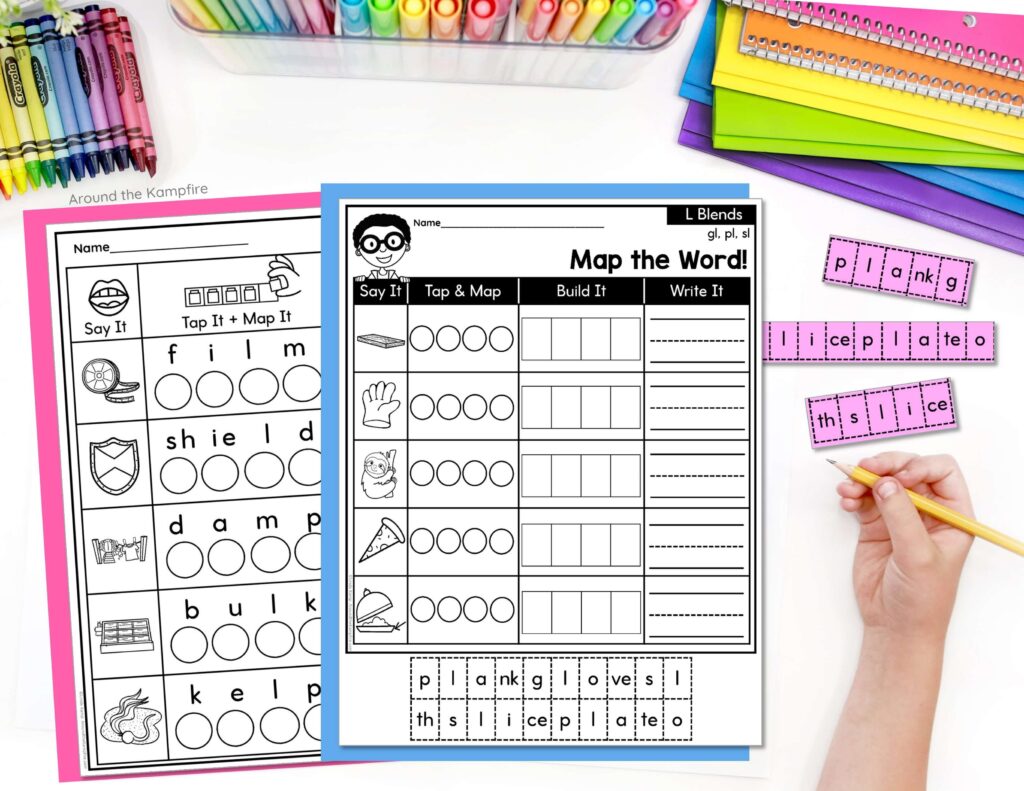
How will mapping words benefit my students?
Word mapping promotes the process of orthographic mapping and gives students practice with the phonics skills they are learning. They also give students a hands-on, physical way to link the ‘sound’ part of a word to the ‘letter’ part of a word. Word mapping activities are easy to implement into your weekly phonics routine to do whole group, or to have students work independently in a center.
Word mapping activities help to build phonemic awareness and word recognition. They strengthen decoding skills and improve fluency in both reading and writing.
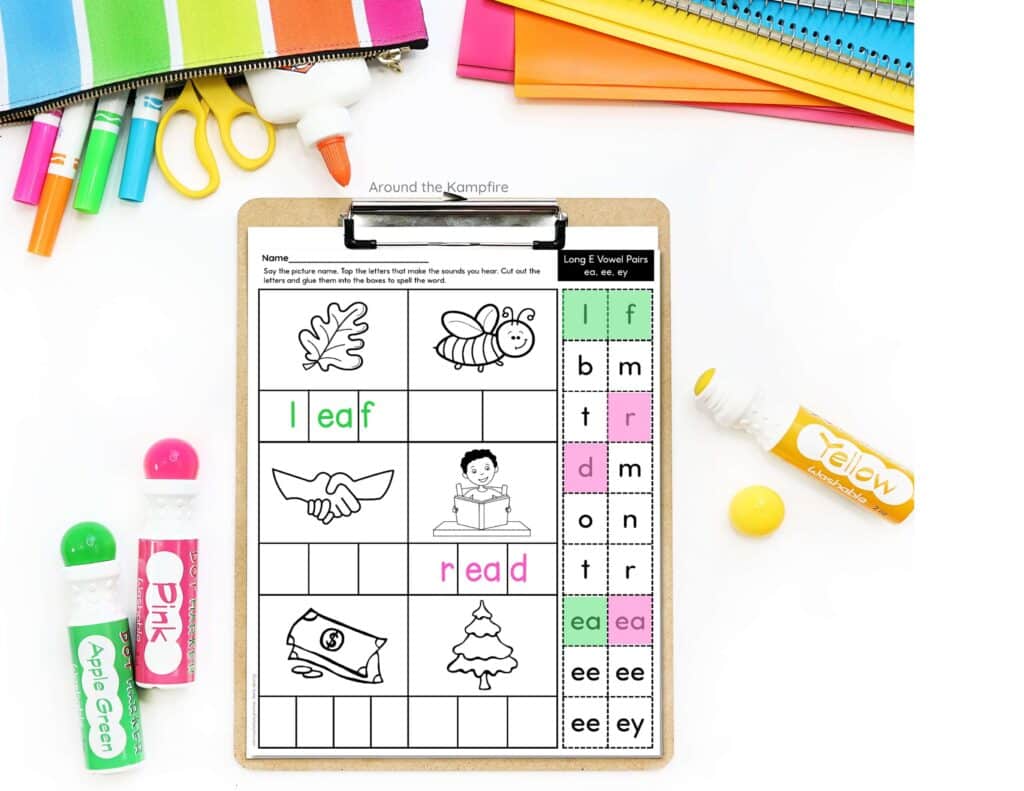
Word mapping worksheets
I’ve made a yearlong series of printable word mapping resources for all the phonics patterns we teach in the primary grades. Each set includes multiple formats that make them very easy to differentiate, plus picture keys and picture cards that double as sounds sorts.
Each word mapping resource is available separately or in this money-saving bundle.
Save this post to refer back to when you’re planning your phonics lessons and small groups!

Happy teaching!
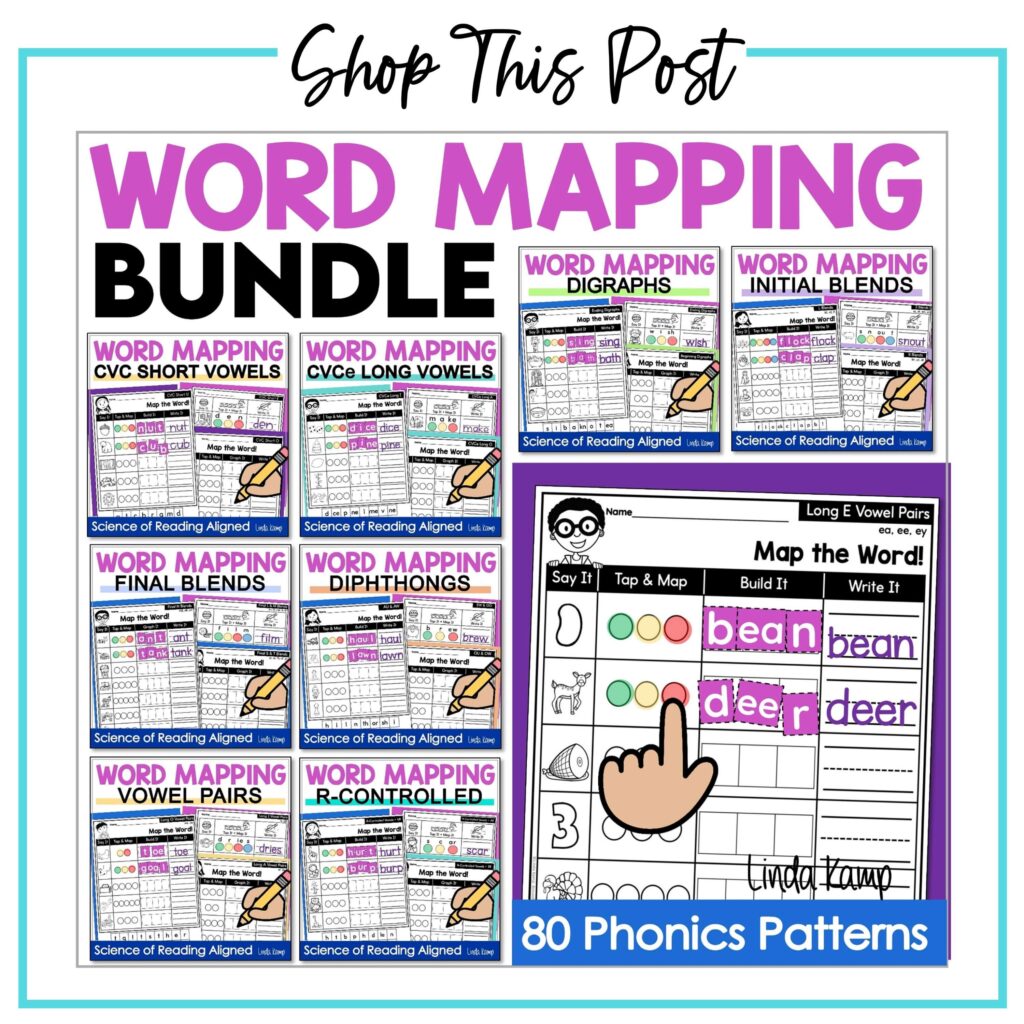

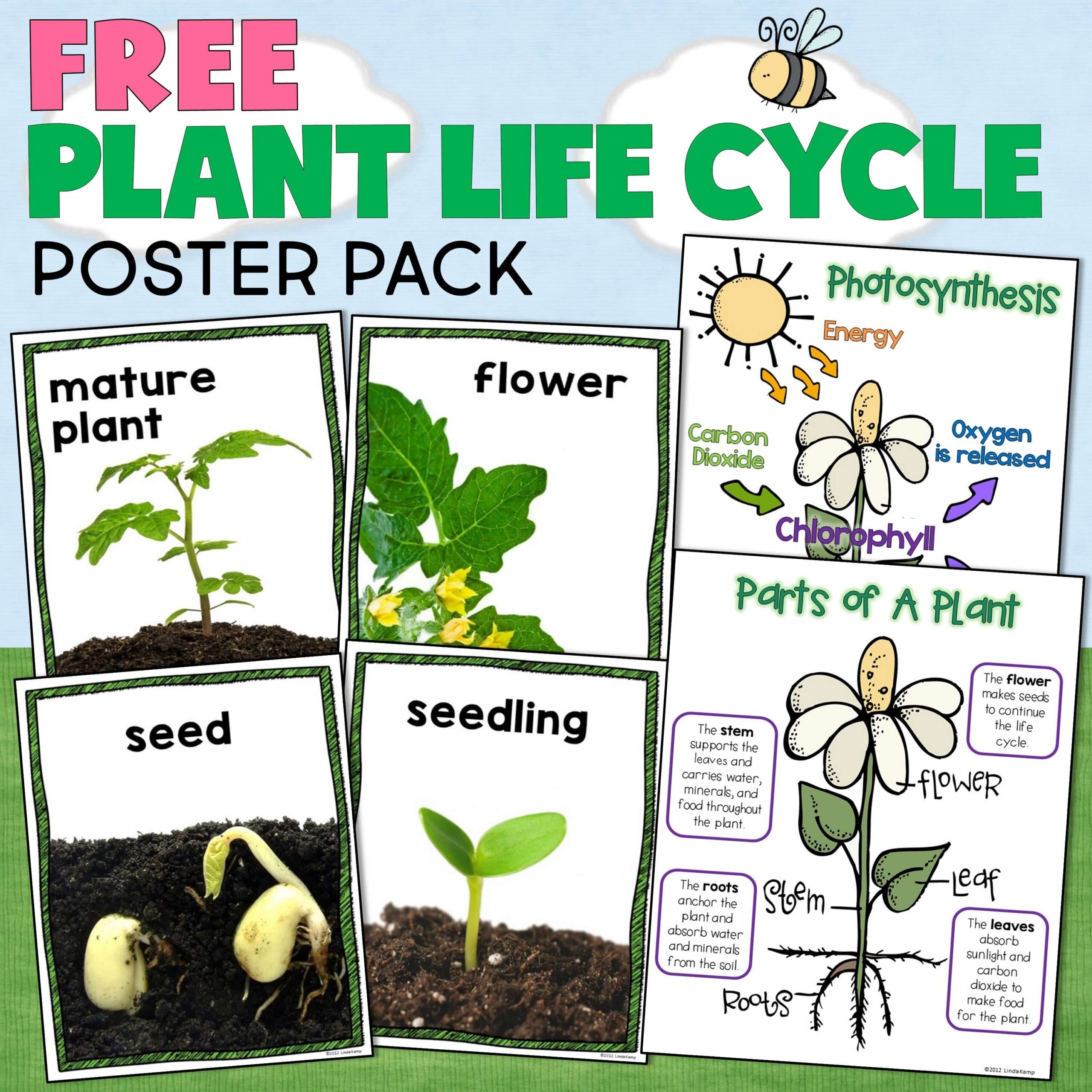


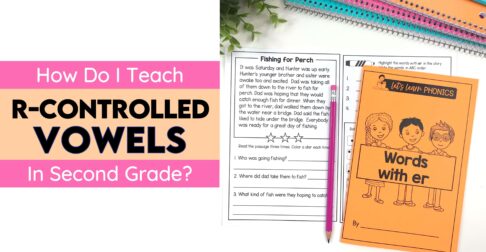

Leave a Comment